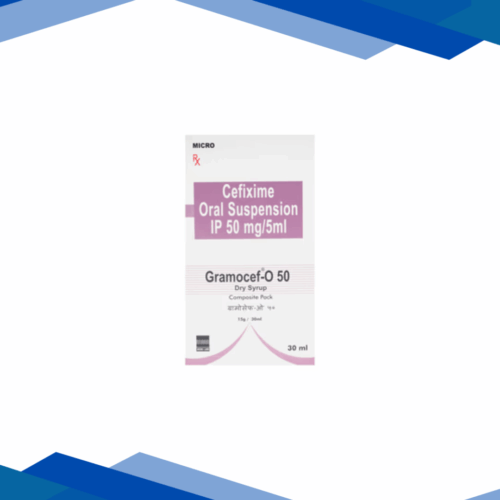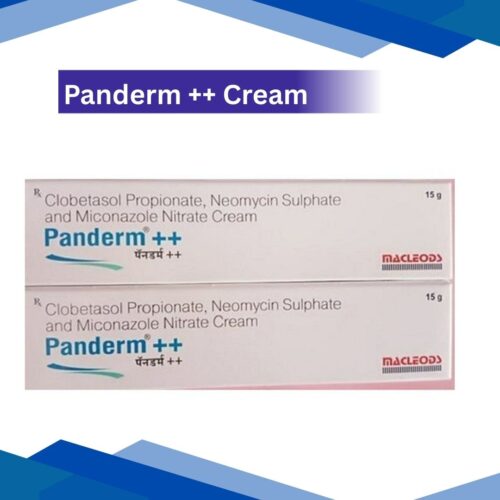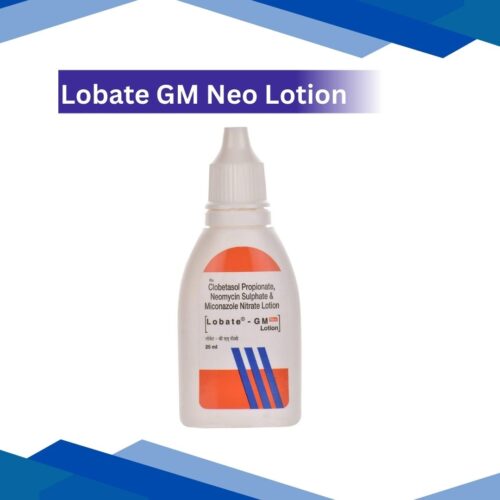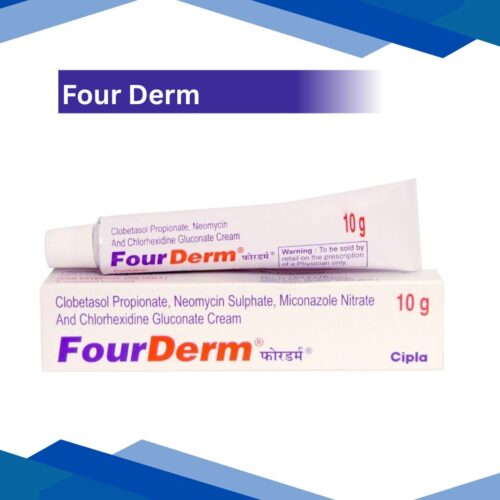Justoza-M 10/1000 Tablet 10’s
Justoza-M 10/500 Tablet ER
SITARA 100 Tablet 10’s
Fourderm Cream
No Prescription yet? Don’t worry! Click Here to Get Online Consultation
Why Prescription is Required?
✅ Providing Right Medicines
Prescriptions are complex documents. We proofread and recheck at various steps to provide you the right medication in the correct form and dose.
⚖️ Helps Comply with the Law
Most medicines cannot be sold without a valid prescription, as per the Drugs and Cosmetics Act, 1940 and Rules, 1945.
Book Appointment with Doctor
FOURDERM CREAM is used to manage corticosteroid -responsive dermatoses (skin conditions that occurs due to corticosteroid medications), eczema (skin inflammation), and psoriasis (itchy dry skin) in affected individuals. For more details Kindly click on Medicine Salts below:
Chlorhexidine
CHLORHEXIDINE
Overview:
Chlorhexidine is an antiseptic used to kill bacteria and prevent infections. It’s commonly found in mouth rinses, wound care, and skin preparation before operations.. It works by destroying bacteria and stopping their growth.
Classification: Antiseptic and disinfectant
Uses:
Chlorhexidine is commonly used to keep things clean and free from germs. People frequently use it to rinse their mouths, helping control plaque and protect their gums.It’s also great for cleaning the skin before surgeries or injections to prevent infections.It helps maintain wound hygiene and blocks bacteria from causing trouble, making it a dependable product in healthcare and home use.
How it works:
Chlorhexidine works by attaching to the surface of bacterial cells and disrupting their outer membrane. This causes the bacteria’s cell contents to leak out, which kills the bacteria or stops them from growing.It works well against a wide range of bacteria and certain viruses, making it a powerful antiseptic to stop infections.
Dosage: As prescribed by your doctor.
Side Effects:
- Mild mouth irritation or burning
- Temporary change in taste
- Dry mouth
- Increased saliva production
- Staining of teeth or tongue (with long-term use)
Precautions:
Before using chlorhexidine, make sure you don’t swallow it—always spit it out after rinsing. If you know you’re allergic to it, avoid using it. Be careful to keep it away from your eyes, ears, and any open wounds unless your doctor says it’s okay. Let your doctor know if you have allergies or sensitive skin before you start using it. Use only as prescribed to avoid irritation in the mouth or staining of the teeth. If you develop a rash, swelling, or breathing problems, see a doctor right away.. Keep it out of reach of children to stay safe.
Disclaimer:This content is for informational purposes only. Always consult a healthcare provider for medical advice and proper dosage.
Miconazole Nitrate
MICONAZOLE NITRATE
Overview
Miconazole nitrate is an antifungal medication. It belongs to a group of drugs called imidazoles, which are used to fight fungal infections.
Classification
Antifungal
Uses
Miconazole nitrate is commonly used to treat fungal skin infections, such as:
Athlete’s foot
Jock itch
Ringworm
Yeast infections (including vaginal and skin infections)
Fungal infections of the nails or skin folds
It may also be used to relieve itching, redness, scaling, and discomfort caused by these conditions.
How It Works
Miconazole works by stopping the growth of fungus. It damages the cell membranes of fungi, which helps kill the infection and prevent it from spreading. This allows the skin or affected area to heal gradually.
Dosage
As prescribed by your doctor.
Side effects
Most people tolerate miconazole well, but some may experience:
Mild skin irritation
Burning or stinging where the medicine is applied
Itching or redness
In rare cases, an allergic reaction (rash, swelling, or trouble breathing)
Precautions
Before using miconazole, you should:
Tell your doctor if you’re allergic to miconazole or other antifungals
Avoid contact with eyes or mouth unless the product is specifically meant for those areas
Inform your doctor if you’re pregnant or breastfeeding
Use only as directed—don’t overuse or apply to large areas unless advised
Disclaimer
This content is for informational purposes only. Always consult a healthcare provider for medical advice and proper dosage

















